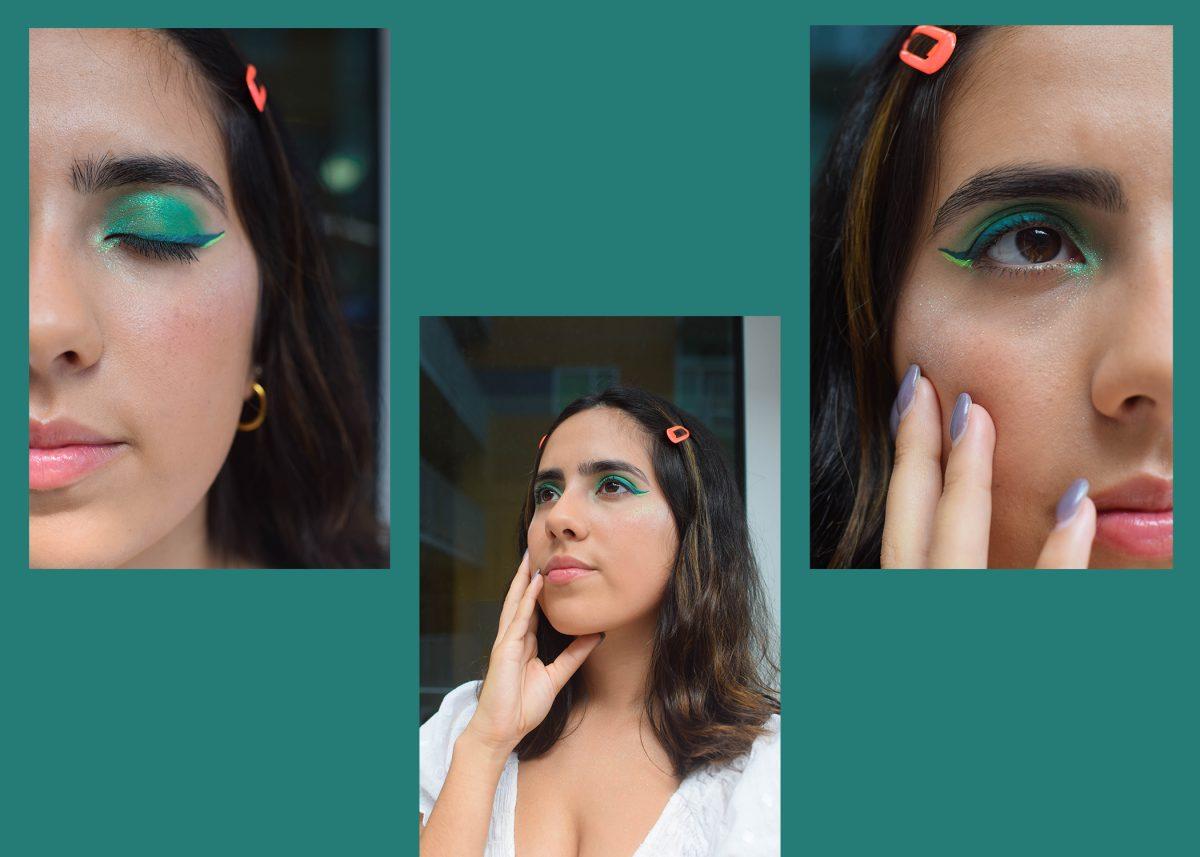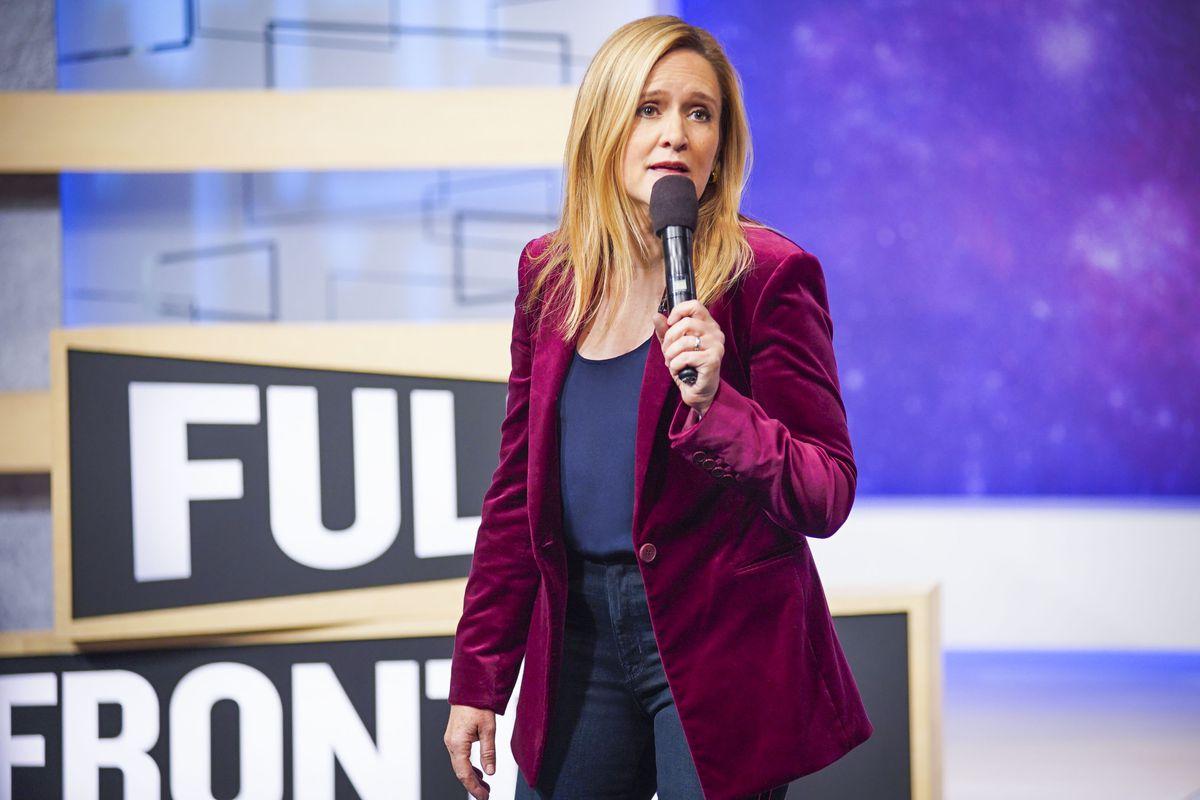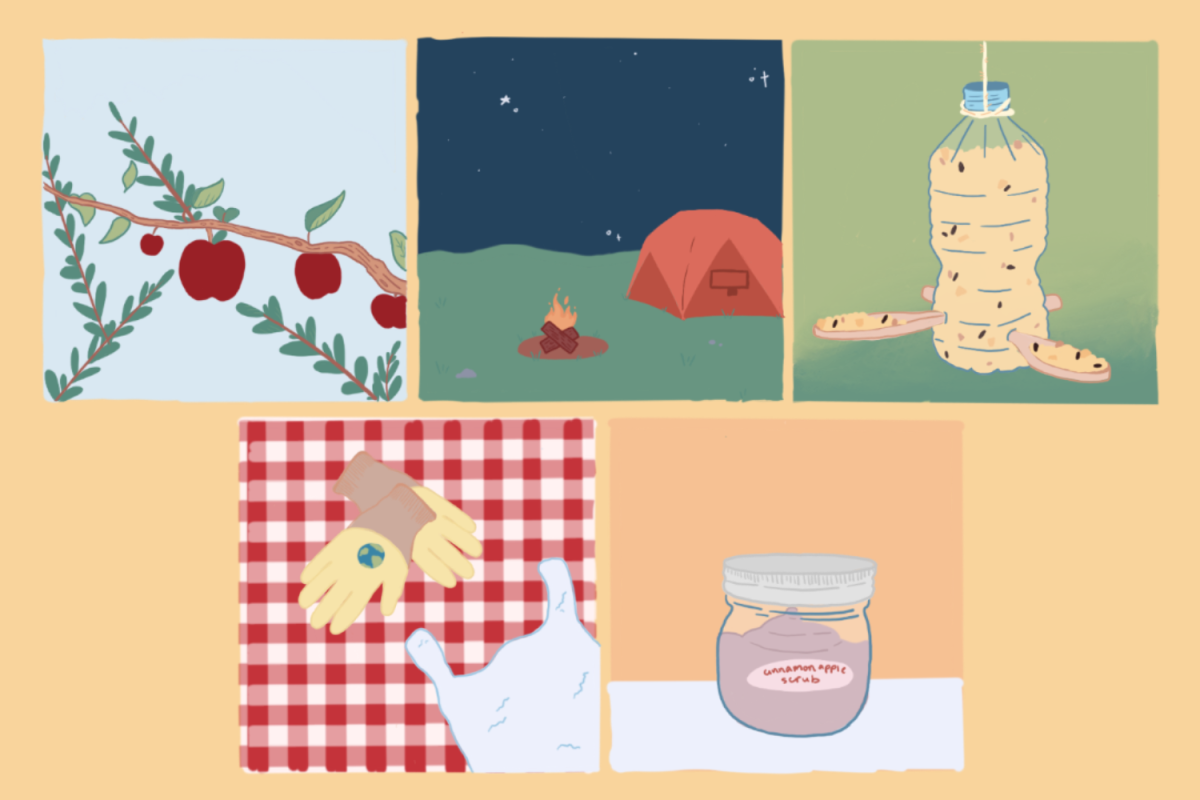[slideshow]
By Emily Morgan
Trained studio artist and midwest transplant Bridget Quinn always had an knack for creating public art. In 2010, the idea to transform abandoned pay phone booths into interactive art installations turned into one of the only temporary art initiatives in Austin — The Pay Phone Revival Project. With the creativity and dedication from local, commissioned artists and donations from interested public the 27-year-old was able to engage and inspire the public to see the beauty in what once was. ORANGE met with Quinn to find out her inspiration and role behind the Pay Phone Revival project, as well as what Austinites can look forward to seeing from her in the future.
ORANGE: What’s your background in art?
Bridget Quinn: I graduated from the Milwaukee School of Art and Design in 2007. Initially, I started with a sculpture degree, but before I graduated, I got really distracted with video and print making. So I ended up graduating with an integrative studio art degree, which is basically just fine arts.
How did you get started in interactive public art?
Well, I’ve always been attracted to public spaces and their interaction with the public. I began with this project in college, called the Urban Radio Network, where I took two-way radios and mounted them inside intercom boxes around Milwaukee. It created this 10-block radius where if you spoke into one of the radio boxes, your voice would come out of one of the other intercoms. The idea was to create this really local communication network that was fleeting and random. It allowed people to have this raw interaction with strangers.
How did this translate into your obsession with pay phones?
I’m not really sure. I just think [pay phones] are really beautiful objects. They almost have this human stature about them and used to be viewed as ‘lifelines’ for a lot of people. I actually didn’t have a cell phone until way past when everyone was getting one, so they did have a strong presence in my life for a while. Slowly, I began noticing them fall into disrepair. At first, I was just really interested in photographing them. However, when I moved to Austin, I noticed that many of the phones had been removed. It was sad to me because they struck me as these amazing frames with nothing in them. I felt a sense of responsibility to give these objects some new function that would engage and excite the public.
What’s been the overall public response?
I’ve gotten so much support — it’s been really great. I think part of it is because these objects are so marginalized and small that it evokes a sense of surprise. And so, people tend to respond positively even if they don’t really understand exactly what it is.
Who were some of the artists that worked on this project with you?
All of the installations were done by local artists, who contacted me with an interest in participating. I was actually really surprised because I received a lot of interest from professional artists who wanted to try something outside of a gallery or bigger-budget permanent art. One of the artists I worked with in 2010 was Jimmy Panser, a long-time local artist with amazing talent and a great reputation. I also worked with Matthew Rodriguez, who is known for his street art around Austin.
How did you find funding for this project?
In 2010, I was lucky to get a $1,000 grant from the City of Austin and received a small donation from the Texas Payphone Association, which was great because neither really have a lot money to spend, particularly on art. This year, the project was much more supported. I was able to raise $10,000 through donations from the Fusebox Festival, the Awesome Project and community members. Kickstarter was a huge part of this, because I was finally able to target supporters who would have normally felt funny about writing a check for $20. This extra funding helped increase our budget for maintenance, marketing and larger artist stipends, which also meant more money for supplies.
A lot of the pay phone booths appeared on the East Side of Austin. What’s your attraction to this area?
In places where there’s a lot of rapid change, I think things tend to be left behind and forgotten about. Not a lot of people take ownership over places like [the East Side] and fail to realize the potential in things that don’t seem to have a purpose.
Oct. 21, 2012 marked the end of your second installation for the Payphone Revival Project. Do you plan on doing a third?
Not right now. I would love to do it again, but I feel like I need to figure out how to build capacity. I am only one person, and given that I work full time at the Austin Nature & Science Center, I just don’t think I’d have the time to devote. I really want to do another project like this again, but I need to make sure I have the time to put all of my energy into it.
So, what can we look forward to seeing from you in the future?
Right now, I’m working on this guerilla project. I’ve been really interested in the East Side and all the little pieces of urban architecture that are left over and no longer have purpose, much like pay phones. An example of this would be the staircases leading up to vacant lots where there used to be a house or structure. The idea is to paint these staircases gold to direct the public to memorialize what was once there. When you see a golden staircase, it almost creates this shift in perspective and allows you to see beautiful potential in this land. But it also almost opens this dialogue about how quickly the East Side is changing.
Is working in temporary, public spaces something you think you’ll always be drawn to?
Whatever media, or context makes the most sense for the message or story or conversation I want to have with the public, that’s typically what I’ll work in. So, yeah, right now public and temporary art is my passion. But I still do enjoy painting and stuff like that, because sometimes you need gravity to not exist. I definitely have this feeling of playing when I’m working, so whatever excites me, that’s what I tend to go for.
To find out more about the Pay Phone Revival Project, visit its website or Facebook.










































